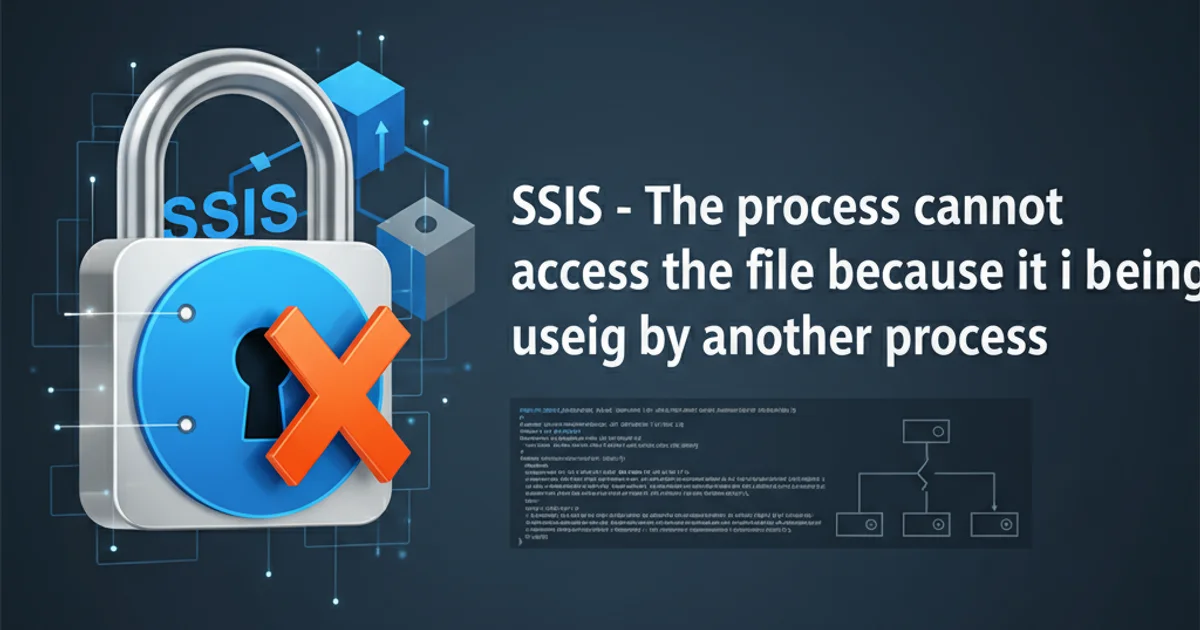C# and arrays of anonymous objects
Categories:
Working with Arrays of Anonymous Objects in C#

Explore how to create, manipulate, and effectively use arrays of anonymous types in C# for flexible data handling, especially in LINQ queries.
C# anonymous types provide a convenient way to encapsulate a set of read-only properties into a single object without explicitly defining a class. While powerful for single instances, working with collections, specifically arrays, of anonymous objects can sometimes present challenges due to their implicit nature. This article delves into how to effectively create, populate, and utilize arrays of anonymous types, highlighting their common use cases and limitations.
Understanding Anonymous Types
Anonymous types are class types that are generated by the compiler at compile time. They derive directly from object and cannot be cast to any other type except object. Their primary use case is to project a subset of properties from other types, often within LINQ queries, without the overhead of creating a custom data transfer object (DTO) or class. The compiler infers the type and property names based on the initialization expression.
var person = new { Name = "Alice", Age = 30 };
Console.WriteLine($"Name: {person.Name}, Age: {person.Age}");
Basic creation of an anonymous type
Creating Arrays of Anonymous Objects
Directly declaring an array of an anonymous type is not possible because you cannot explicitly name the type. However, the C# compiler is smart enough to infer the type when you initialize an array with multiple anonymous objects that have the exact same structure (same property names, types, and order). This inference is crucial for working with collections of anonymous types.
var data = new[]
{
new { Id = 1, Name = "Apple", Price = 1.00m },
new { Id = 2, Name = "Banana", Price = 0.75m },
new { Id = 3, Name = "Cherry", Price = 2.50m }
};
foreach (var item in data)
{
Console.WriteLine($"ID: {item.Id}, Product: {item.Name}, Cost: {item.Price:C}");
}
Initializing an array of anonymous objects
new[] syntax is essential here. It tells the compiler to infer the array type based on the elements provided. All elements must have identical property names, types, and order for the inference to succeed.Common Use Cases with LINQ
Arrays of anonymous objects shine brightest when used in conjunction with LINQ. They allow you to project specific data from a larger collection into a more manageable, temporary structure without defining a new class. This is particularly useful for intermediate results or when preparing data for display.
class Product { public int ProductId { get; set; } public string ProductName { get; set; } public decimal UnitPrice { get; set; } }
List<Product> products = new List<Product>
{
new Product { ProductId = 101, ProductName = "Laptop", UnitPrice = 1200.00m },
new Product { ProductId = 102, ProductName = "Mouse", UnitPrice = 25.00m },
new Product { ProductId = 103, ProductName = "Keyboard", UnitPrice = 75.00m }
};
var productSummaries = products.Select(p => new { p.ProductName, p.UnitPrice }).ToArray();
foreach (var summary in productSummaries)
{
Console.WriteLine($"Item: {summary.ProductName}, Price: {summary.UnitPrice:C}");
}
Projecting data into an array of anonymous objects using LINQ
flowchart TD
A[Original Data Source] --> B{LINQ Select Query}
B --> C["Anonymous Type Projection (e.g., { Name, Price })"]
C --> D["Array of Anonymous Objects (var[])"]
D --> E[Further Processing / Display]
style A fill:#f9f,stroke:#333,stroke-width:2px
style D fill:#bbf,stroke:#333,stroke-width:2pxFlow of data projection using anonymous types in LINQ
Limitations and Best Practices
While convenient, anonymous types have limitations. They are internal to the assembly in which they are defined, meaning you cannot pass them directly across assembly boundaries (e.g., from a library to an executable) without losing their type information. They are also read-only, so their properties cannot be modified after initialization. For complex scenarios, long-term storage, or when types need to be exposed publicly, defining a proper class or struct is always the recommended approach.
In summary, arrays of anonymous objects are a powerful tool for specific scenarios, primarily within LINQ queries for temporary, read-only data projections. Understanding their implicit typing and limitations is key to using them effectively in your C# applications.